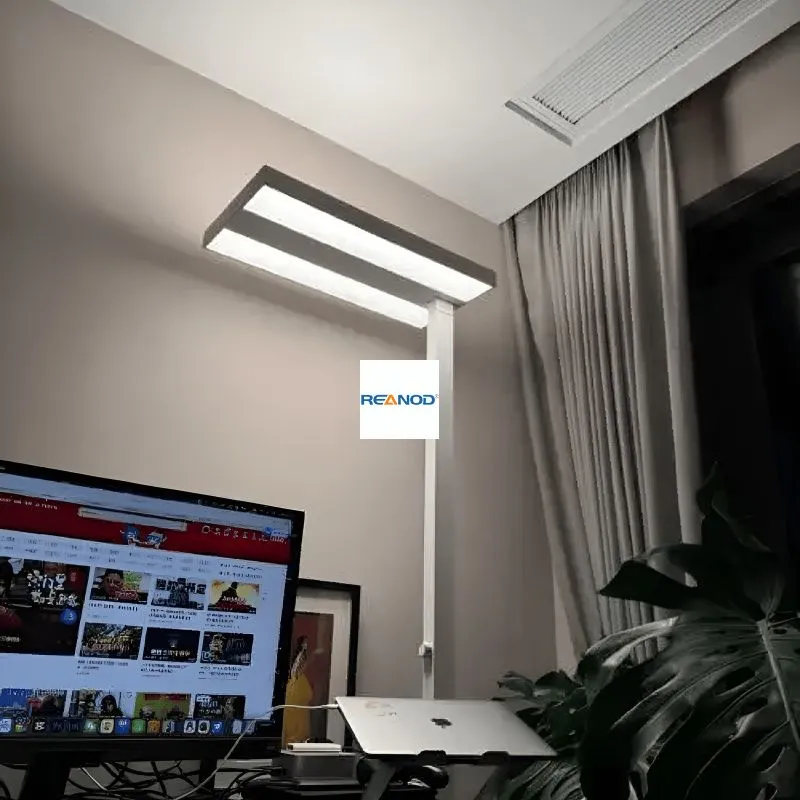Ceramic products
In today's fast-paced world, the inefficiencies of traditional materials have led to a surge in demand for innovative solutions. Ceramic materials, with their unique properties, have emerged as a game-changer across multiple sectors. Are you facing durability issues with your existing products? Ceramic products offer remarkably high resistance to wear and temperature, providing not only longevity but also significant cost savings over time. Picture a world where everyday items, from cookware to industrial machinery, achieve unparalleled durability through ceramic innovation.

Definition: What Are ceramics?
Ceramics refer to a class of inorganic, non-metallic materials that are typically composed of oxides, nitrides, carbides, and silicates. The term “ceramic” is derived from the Greek word "keramos," meaning potter's clay. There are different types of ceramics, including traditional ceramics (e.g., pottery, tiles) and advanced ceramics (e.g., silicon carbide, zirconia) that are often used in high-tech applications. Industry terms like "ceramic matrix composites" (CMCs) refer to materials made of ceramic fibers embedded in a ceramic or polymer matrix.
Application Scenarios of Ceramic Products
Ceramics have found extensive applications across varied fields, including:
- Consumer Goods: From kitchen items like plates and mugs to advanced cooktops, the thermal resistance of ceramics offers significant advantages.
- Healthcare: Ceramic materials are used in dental implants and prosthetics due to their biocompatibility and durability.
- Aerospace: Advanced ceramics are critical in aerospace applications for engine components due to their ability to withstand high temperatures and pressures.
- Electronics: Ceramics serve as insulators in electronic components, providing stability and longevity in devices.
- Biomaterials: They play a pivotal role in the development of bone grafts and scaffolds in regenerative medicine.
The Importance of Ceramic Products
The significance of ceramic products stems from their unique characteristics that provide tangible benefits across different applications. For instance, advanced ceramics can withstand temperatures exceeding 1,600 °C (2,912 °F) while remaining lightweight—crucial for aerospace and automotive industries striving for fuel efficiency. Furthermore, ceramics can enhance product life by up to 50% due to their wear resistance, leading to lower replacement costs and less environmental impact.
Next Steps
For those interested in exploring the potential of ceramics for their specific applications, we recommend delving deeper into user guides and case studies. Understanding the practical implications of these materials can aid in wiser purchasing decisions.
FAQ
-
What are the key benefits of using ceramics in manufacturing?
- Ceramics offer excellent hardness, wear resistance, and high thermal stability, making them ideal for a wide range of applications.
-
How do ceramic products compare to traditional materials like metals or plastics?
- While traditional materials may offer flexibility, ceramics excel in hardness and thermal performance, often outlasting their metal and plastic counterparts.
-
Can I find ceramic materials for custom applications?
- Yes, many manufacturers offer customizable ceramic solutions tailored to specific industry needs.
CTA: Explore Success Ceramic Innovations Today
To learn more about how ceramic products can enhance the longevity and efficiency of your applications, visit Success for detailed resources and product information. Discover how ceramic innovations can support your endeavors with their unparalleled performance.
Whether you're seeking to revolutionize your cooking experience, improve your healthcare solutions, or advance your technological applications, ceramic products are paving the way for a durable and efficient future.
Previous: Plastic tables and chairs
Tel.: 13722893904
Mobile: 1111111111111
Fax: 2222222222222222
WeChat: 33333333333333333
Skype: 44444444444444
WhatsApp: 55555555555555555555
Add.: 6666666666666666
E-mail: 777777@qq.com
E-mail: 12@163.com
E-mail: 23@23.com
Copyright © Copyright@2004 Adobe Systems Incorporated. All rights reserved. |
Sitemap
| Sitemap

-

自定义客服1: 7890988
-

自定义客服2: 6789088
-

自定义客服3: 7890988
-

自定义客服4: 6789088
外贸独立站如何通过AI技术提升竞争力? 在全球化竞争日益激烈的今天,外贸企业仅靠传统的建站模式已难以脱颖而出。随着AI技术的快速发展,智能化的独立站正成为企业出海的核心竞争力。如何借助AI优化网站、提升转化率,并降低运营成本?以下是关键策略。 1. AI驱动的内容优化,精准触达目标客户 传统的外贸网站往往依赖人工撰写产品描述,不仅效率低,且难以满足多语言市场的需求。如今,AI内容生成工具可自动优化产品文案,确保符合SEO标准,并适配不同地区的语言习惯。例如,AI可分析德国市场的搜索偏好,生成包含“TÜV认证”“工业级耐用”等关键词的高转化文案,使产品页面的搜索排名提升50%以上。 2. 智能数据分析,实时优化用户体验 许多外贸网站上线后缺乏持续优化,导致跳出率高、转化率低。AI分析工具可实时监测用户行为,如热图追踪、点击路径分析等,自动识别流失点并提供优化建议。例如,当系统检测到用户在结算页大量流失时,可建议简化支付流程或增加信任标识,从而降低30%的弃单率。 3. AI客服与询盘自动化,提升响应效率 海外客户往往期待24小时即时响应,而人工客服成本高昂。AI智能客服可自动处理80%的
















